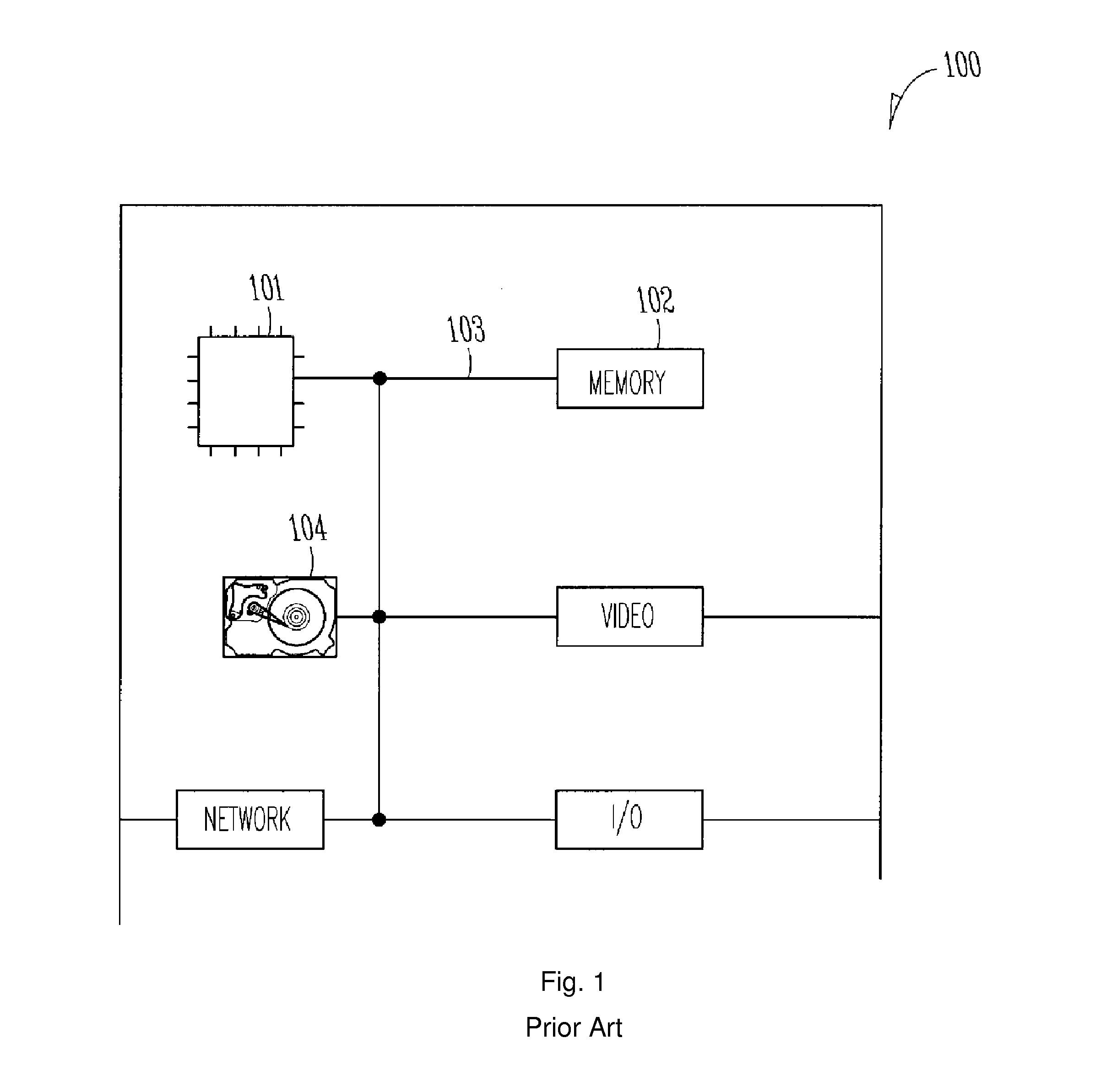System and method for validating program execution at run-time
a program execution and run-time validation technology, applied in the field of secure computing, can solve problems such as the increase in the number of attacks and financial losses due to those attacks, and the continued worsening of the situation, and achieve the effect of reducing the number of attacks and increasing the number of financial losses
- Summary
- Abstract
- Description
- Claims
- Application Information
AI Technical Summary
Benefits of technology
Problems solved by technology
Method used
Image
Examples
Embodiment Construction
[0137]A. Dynamic Authentication of Executions Using Cache Line Signatures
[0138]An approach for authenticating program execution dynamically is to detect if the binaries of the executables are compromised during the execution. One way to do this is to detect that the instructions that are fetched and executed, as the program is running, are indeed the same instructions that are supposed to be fetched and executed.
[0139]One way to do this is as follows:
[0140]The executable code is broken down into contiguous chunks at the boundaries of the cache lines (say, of size L) at the lowermost on-chip cache level. If necessary, padding can be used at the end of the code to round its size up to a multiple of the cache line size at the lowest level cache. A signature is generated for each such line by simply generating a digest function D on smaller chunks of each such line, for example at 16-bit or 32-bit boundaries. Thus, for each lowest level cache line's worth of code (say, Li), a specific s...
PUM
 Login to View More
Login to View More Abstract
Description
Claims
Application Information
 Login to View More
Login to View More - R&D
- Intellectual Property
- Life Sciences
- Materials
- Tech Scout
- Unparalleled Data Quality
- Higher Quality Content
- 60% Fewer Hallucinations
Browse by: Latest US Patents, China's latest patents, Technical Efficacy Thesaurus, Application Domain, Technology Topic, Popular Technical Reports.
© 2025 PatSnap. All rights reserved.Legal|Privacy policy|Modern Slavery Act Transparency Statement|Sitemap|About US| Contact US: help@patsnap.com



